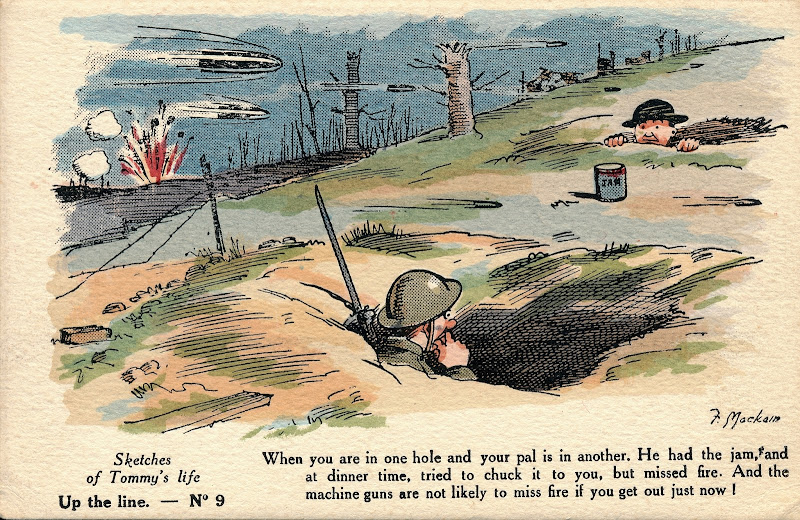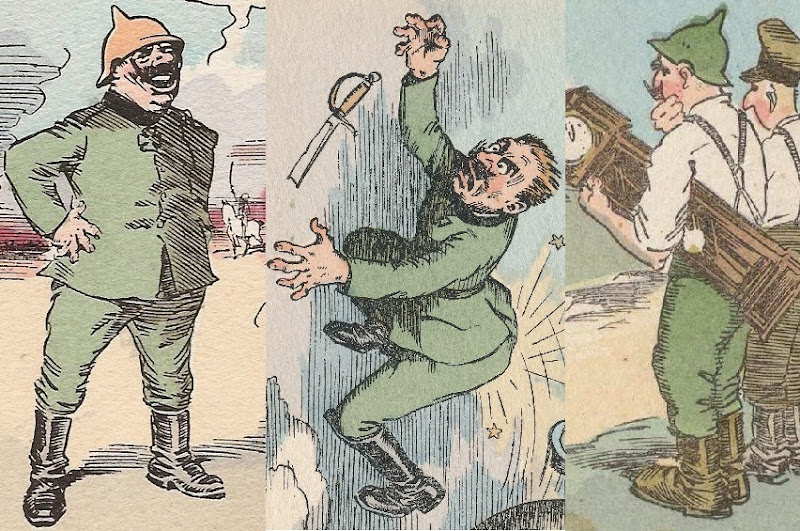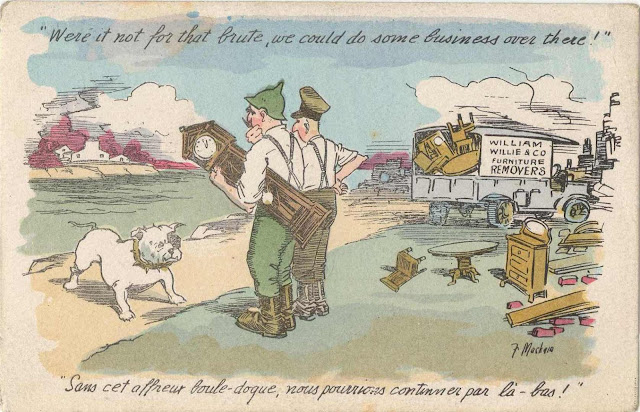Fergus Mackain’s sketches are well known for their accuracy and attention to detail, with latter day commentators often referencing his postcards when describing day to day experiences of the regular Tommy. It is notable therefore when we come across a soldier who actually served in the Great War attesting to the veracity of Mackain’s works, as we are able to see just how well the cards were received by the allied forces.
In this case, a soldier (initials “E.A.Y.”) provided his comments on the rear of a short set of Mackain’s “Out on Rest” postcards. The penmanship and style of writing seems to indicate that EAY was a more educated man, perhaps a professional of some sort. There is no address or date on any of the cards, so it is likely that the soldier sent them home altogether as a package of cards. Strangely, card #1 of the set (“A wash up in the rest trenches…”) has no comments, even though it is from the same set variant: Short (A). Perhaps it was lost and replaced later.

The seven used post cards from the set are presented here with EAY’s original comments on the reverse, alongside a portion of the picture from the front of the card.

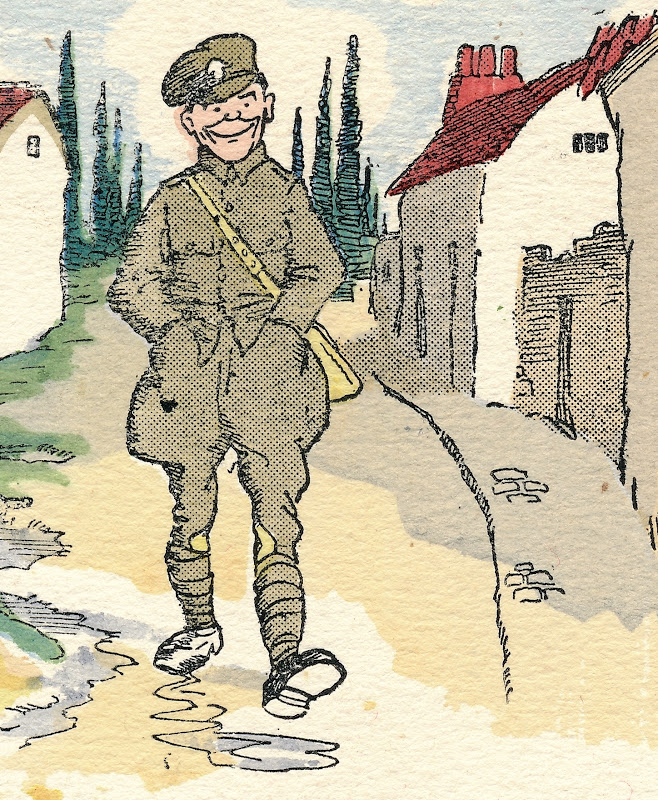
“Have frequently felt like this”. (OR#2)

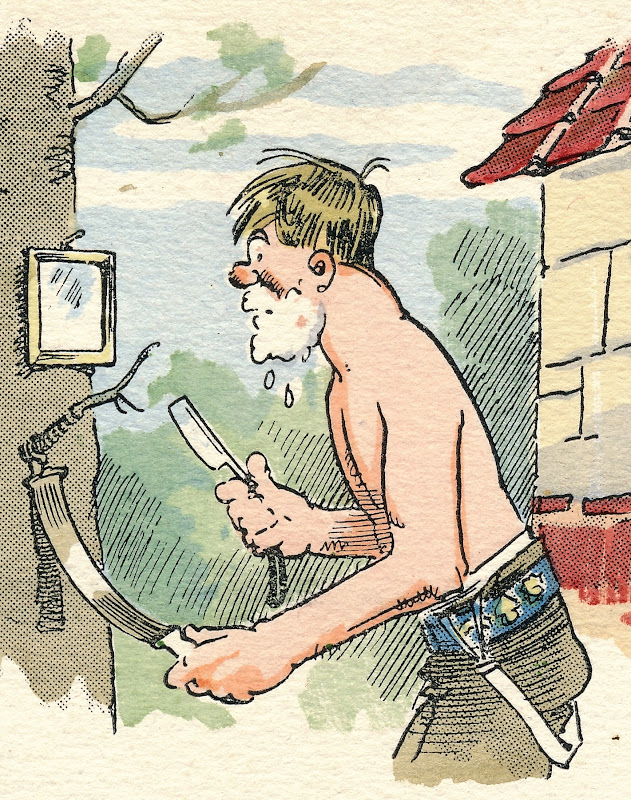
“Have more often than not carried on like this, out here”. (OR#3)


“When we came back to civilization we did exactly the same”. (OR#4)


“This is one of the truest pictures of life I have seen. It is not exagerated in the least”. (OR#5)


“Quite true”. (OR#6)


“Have written ‘umpteen’ letters to you, like this. Note the candle gutting away”. (OR#7)

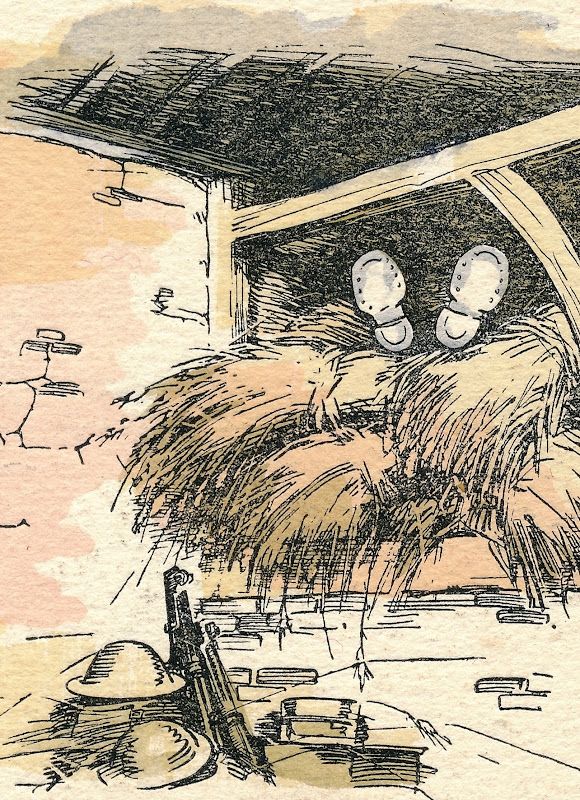
“After the retreat, about 2 a.m. one morning we landed into a village & I got into a barn & dropped down on a bed similar to this, dead beat. Never undressed”. (OR#8)


